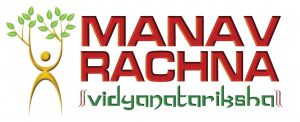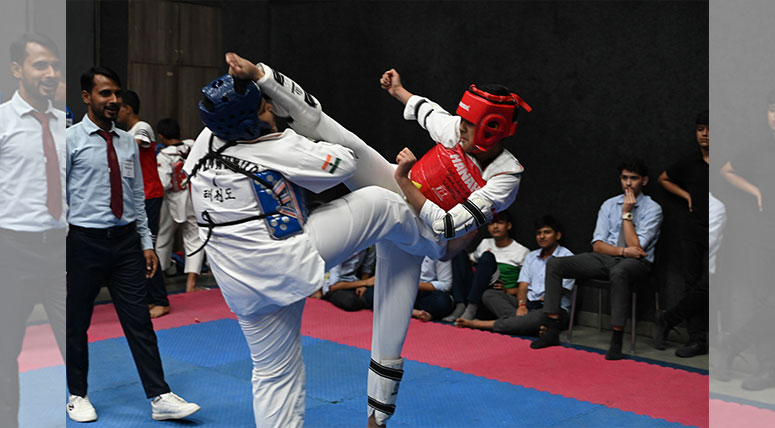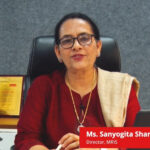THE SPORTING JOURNEY SAGAS- NARRATIVE 3
FUTURE TRENDS AND CHALLENGES IN PHYSICAL EDUCATION AND SPORTS
Sports are not just games. Sports are a major building block of healthy societies contributing to the formation of people and societies in various positive ways. They help in building values like integrity, morality, and respect that goes beyond the sport field. Sports give people the chance to try out their skills as well as to get goals. These days, the world of sports and physical education has gone through an amazing transformation.
The technology advancement, though it offers thrilling ways of engagement and training, has not been without the challenges that include increased screen time and less physical activity due to an increasingly sedentary lifestyle. Furthermore, equitable access to sports fields and programs is limited, thus preventing the complete growth of children from several economic strata. To guarantee that the transformative potential of athletics continues to stimulate, nurture, and steer our young ones onto a happier and more harmonious future, overcoming these shifts and inequities will be crucial.
As a physical education coach from the top school in Mohali, I deeply value the fundamental contribution of sports to a child’s holistic growth. Moreover, in my capacity as an educator representing a prominent CBSE school in India, my intention is to illuminate some of the obstacles we presently confront within our educational environment.
Physical Education and Sports in Schools
We should know that in 21st Century where things are developing rapidly, some schools are only focused on studies. To be amongst the best schools in India, schools should focus on developing the students not only mentally but look for their overall development like their motor ability, locomotor, non-locomotor skills, fine motor skills, limb coordination and flexibility. In spite of concerns about obesity and a myriad of health benefits of physical education, such as improved concentration and responsiveness in class and boost in several others such as self-esteem.

Being known for being the best international school in Mohali, at Manav Rachna International School, we offer state of the art infrastructure that shapes the overall development of our students. It is our dedication to provide our faculty members with the facilities that promote physical fitness, and prepare them to meet the future challenges in life. We are steadfast in our conviction that individuals who maintain physical fitness can bring significant value to both their families and society through their actions.
To grasp the current landscape of physical education and envision its potential evolution in the years ahead, it is essential to explore the challenges, advancements, and trends it currently confronts.
Challenges
In current times, children coming from the best CBSE schools in India are increasingly glued to a mostly sedentary lifestyle. They spend a large part of their valuable time in electronic devices like phones and PC’s and more importantly involve themselves in social media. This escalating trend in childhood obesity and diabetes during this era can result in significant health challenges. However, Physical education serves as the primary avenue for physical activity for most children, given their inclination toward electronic devices.

Numerous schools in India are grappling with a common challenge. Additionally, parents are enthusiastic about enrolling their children in extracurricular physical activities outside of regular school hours, which has generated a heightened demand for coaches to take on the responsibilities of physical education instructors. However, this transition is not devoid of its obstacles, as a considerable portion of classroom teachers lack the requisite training to proficiently instruct physical education. Additionally, educators are burdened with the responsibility of delivering mandated academic curriculum, leaving them with limited time to plan and implement physical education lessons. Addressing these issues is essential for paving the way towards a brighter future.
Trends
Physical education currently concentrates on the development of an active lifestyle that will remain in adulthood. Gone are the days of exclusively participating in sports like Cricket, Football, Softball, and Basketball for the mere purpose of enjoyment. Children from the schools in India are enthusiastic about understanding the concept of fitness and what it entails. They are vigorously delving into a variety of exercise possibilities, which encompasses Yoga, Zumba, and Sports such as Soccer, Badminton, and Basketball, with the goal of identifying a physical activity that brings them enjoyment and can be sustained over the long term. Additionally, youngsters are progressively educating themselves on the subject of nutritious eating by developing abilities like gardening to grasp the source of food and honing their culinary skills to adeptly craft wholesome meals that align with their unique dietary requirements.
Developments
Physical education instructors must prioritize the delivery of effective guidance within their classes. Their training should encompass not only games and team sports but also the essential aspect of instilling an appreciation for physical fitness. It is imperative that they acquire a diverse skill set to assist children in cultivating the behaviors and routines necessary for a prolonged and healthful existence.
For providing proper instruction during physical education, teachers of the best schools in Mohali should be trained on how to make kids aware to be fit for life. It’s also important that physical education teachers need to be updated with knowledge and technological advancement that help them make better use of technology in their lessons in physical education and sports.
Limited resources and funding often hinder the development of comprehensive physical education curricula, but creative solutions can bridge these gaps. Overcoming stereotypes and biases related to gender, body image, and ability is essential to creating inclusive physical education environments.

To initiate change, educators should modify their instructional strategies to accommodate a variety of learning styles and capabilities, thereby ensuring that each student can actively participate and prosper.
Conclusion
While contemplating the outlook of physical education and sports, it becomes obvious that we are normalizing the revolution. This integrative juncture is seen through the new developments in technology, personalized exercise programs, and the escalating attention given to holistic wellness. The phenomenon of embracing these rising trends and addressing the related challenges, for instance the stake of physical education equity and the smooth functioning of new technologies will be considered the future sports and physical activity contributions to the healthy lifestyle for all human beings around the world. We are embarking on this path which is full of promises. Keeping this in mind, educators, instructors, as well as enthusiasts should be ready to adopt and remain open to fresh ideas in order to make the world more healthy and active. In conclusion, by recognizing and actively addressing the challenges in physical education, we can bring about positive change, nurturing healthier, more active generations for the future.
ALSO READ: SCULPTING SCHOOL’S SPORTING SPIRIT
ADMISSIONS OPEN: SESSION 2024-25 || EARLY YEARS || GRADE I-IX & XI || MANAV RACHNA INTERNATIONAL SCHOOL
Author: Mr. Nitin Mohan, PGT Physical Education, Manav Rachna International School, Mohali





